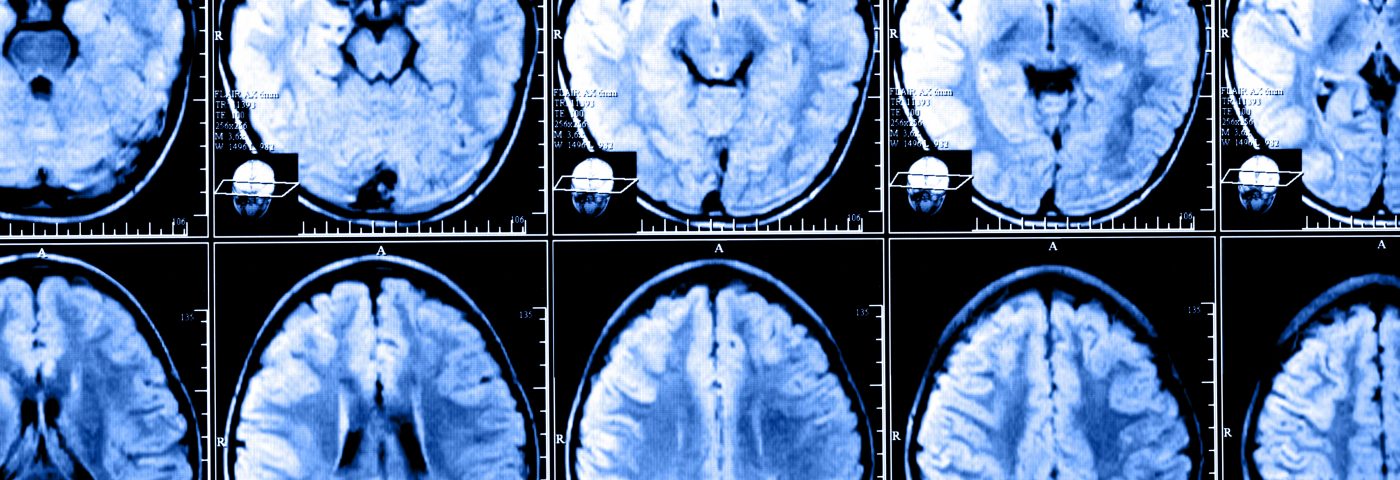
Researchers at the University of Colorado Boulder have
discovered a brain signature that identifies fibromyalgia (FM) patients
with 93 percent accuracy. The discovery opens possibilities for
improved fibromyalgia diagnosis and treatments in the future.
The report, “Towards a neurophysiological signature for fibromyalgia,” was published in the journal Pain.
Fibromyalgia
(FM) is a condition characterized by widespread musculoskeletal pain
accompanied by fatigue, sleep, memory, and mood issues. Patients with FM
show enhanced reaction to painful and non-painful sensations that are
accompanied by altered neural responses.

Using functional
magnetic resonance imaging (fMRI), the researchers performed brain scans
on 37 FM patients and 35 healthy controls. All subjects were exposed to
painful pressure and non-painful visual, auditory, and tactile cues
during the scans.
Computerized machine-learning techniques
allowed the researchers to identify a brain-based FM signature.
Specifically, when exposed to the same painful stimuli as people in the
healthy control group, FM patients showed greater neurologic pain
signature responses. The method relies on a computer algorithm developed
by CU Bolder researchers to recognize a complex pattern of neuronal
activation in the brains of subjects exposed to pain.
Researchers
found that FM patients had increased responses in three sub-markers,
which correlated with hypersensitivity to pain characterized by the
condition. When researchers combined the neural signature methods, they
were able to classify FM patients from controls with 92 percent
sensitivity and 94 percent specificity.
“The novelty of this
study is that it provides potential neuroimaging-based tools that can be
used with new patients to inform about the degree of certain neural
pathology underlying their pain symptoms,” Marina López-Solà, a
post-doctoral researcher in the university’s Cognitive and Affective
Control Laboratory and the lead author of the study, said in a news release.
The
tools also provided an initial characterization of individual
FM patients based on pathophysiological, symptom-related brain features.
Results can help physicians place patients more accurately into
subtypes and provide individualized treatments.
“Though many pain
specialists have established clinical procedures for diagnosing
fibromyalgia, the clinical label does not explain what is happening
neurologically and it does not reflect the full individuality of
patients’ suffering,” Tor Wager, director of the laboratory said. “The
potential for brain measures like the ones we developed here is that
they can tell us something about the particular brain abnormalities that
drive an individual’s suffering. That can help us both recognize
fibromyalgia for what it is – a disorder of the central nervous system –
and treat it more effectively.”









That is so informative article. I was looking for these information but could not get on hand in a proper structure. Thank you so much. I was looking for this information for one of my friends. He was suffering from this disease. But recently he is taking New fibromyalgia treatment.
ReplyDeleteThat is so interesting article. Though I did not know that much about test & macular degeneration treatment, I did learn a quite things about it after reading your article. Keep up the good work.
ReplyDelete